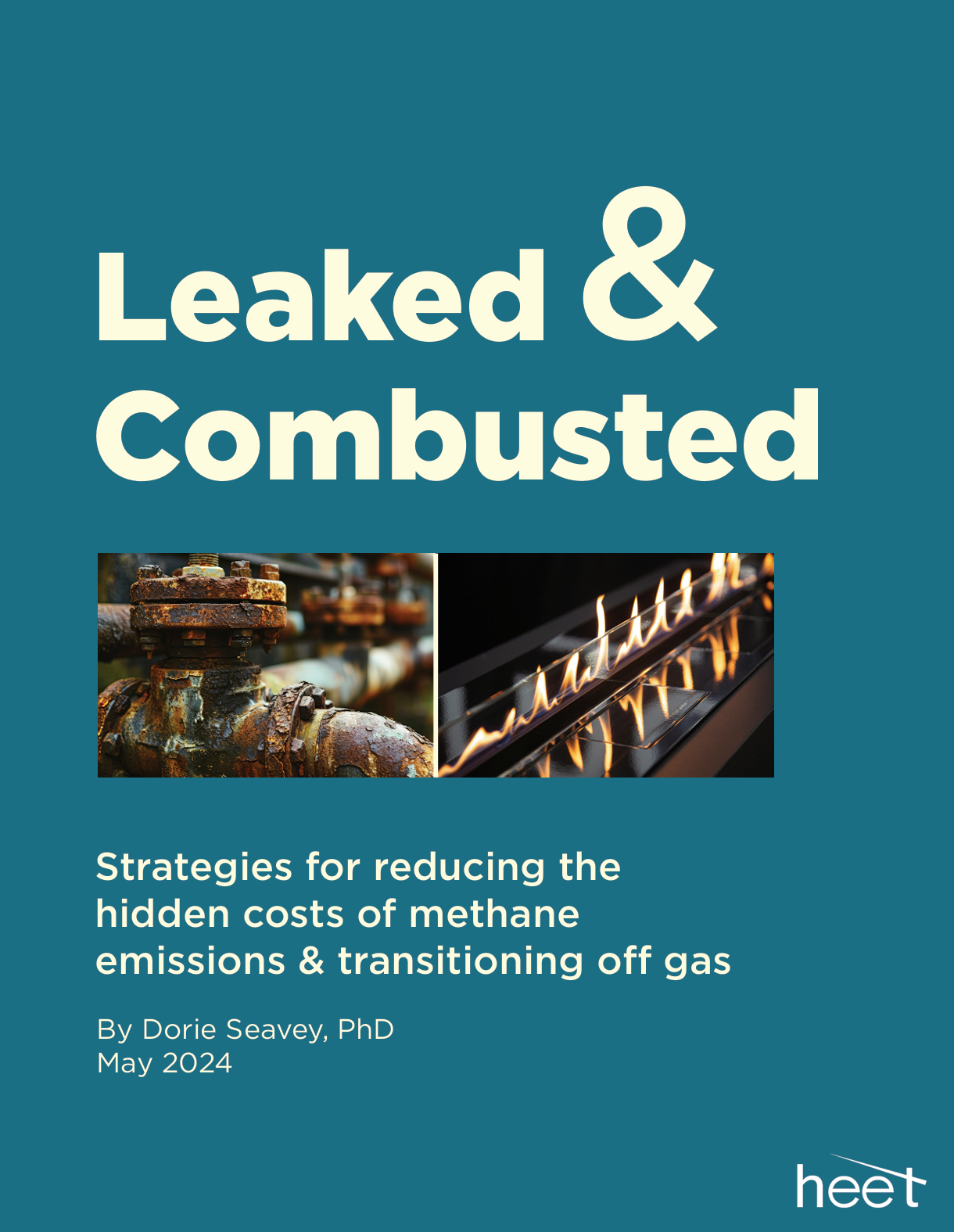Delivered by vast pipeline networks that crisscross the country, natural gas has become America’s dominant energy source, accounting for just over 70 percent of the energy used to heat residences and 40 percent of the energy powering electricity generation. Extracted from geologic formations formed millions of years ago, this fossil gas consists largely of methane, an energy-dense fuel that we now know comes at great costs to society when it escapes from the pipelines that carry it and when it is combusted in equipment and appliances. The resulting emissions are substantial and make a major contribution to climate warming and harmful indoor and outdoor air pollution.
Focusing on the downstream portion of the gas supply chain—the part servicing residential and commercial consumers—this report presents a comprehensive analysis of the challenges and opportunities for reducing gas-related emissions. It surveys the complex landscape of emissions measurement and the harm that methane emissions exact on human, environmental, and climate health. It addresses the disruption of the economics of gas caused by the transition to a low-carbon economy and the gas industry’s main responses: aggressive pipeline replacement, new load growth, and the pursuit of alternative combustible gases. Finally, the report considers what citizens, community groups, scientists and researchers, town officials, state policymakers, and utility regulators can do to reduce and eliminate methane emissions and redirect gas based energy systems to a new energy future that relies on lower energy demand, decarbonized electricity, and electrification
More About this Resource
Publisher: HEET
Date: June 4, 2024
Type: Research Report
Tags: Indoor Pollution, Infrastructure
Countries: None
States: None

